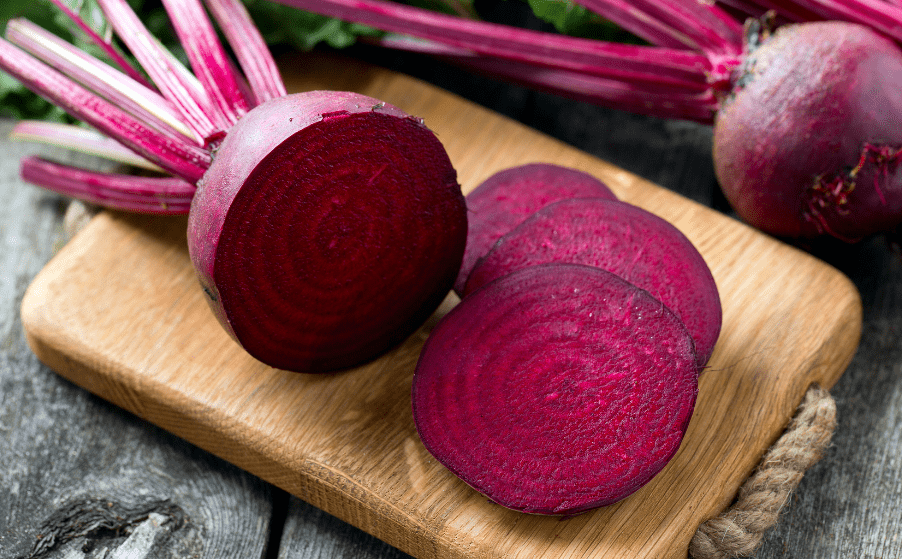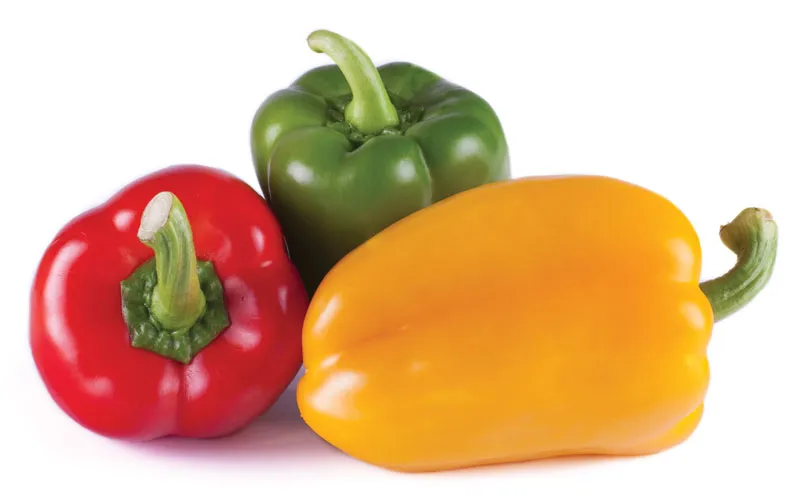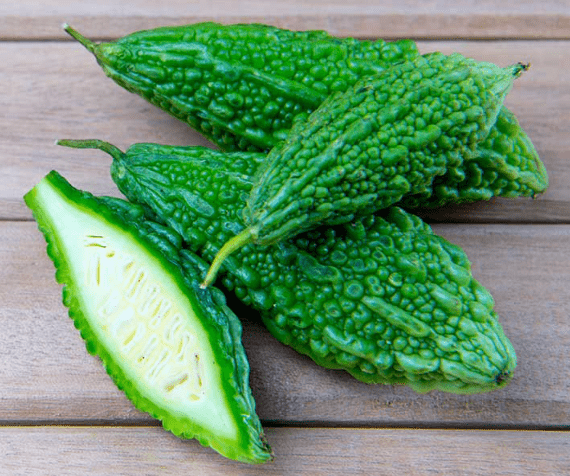
Description
Also known as beet. The deep, fleshy taproot that develops during the first season is the main reason garden beets, which are biennial plants, are produced. A long, branching, leafy stem emerges in the second season bearing clusters of tiny green flowers. The taproot might be spherical or long and tapering in shape. Most people have dark purplish red skin and flesh, while some people have skin that is almost white or orange. The most sensitive beetroots are medium in size and should be smooth, firm, and undamaged. The oblong leaves can be picked continuously during the first growing season, while production decreases in the summer heat. They often feature a crimson petiole (leaf stem) and midrib.
The size of the beetroot may suffer from excessive leaf harvesting. The plant may overwinter in warm areas, but when it blooms in its second season, the leaves become bitter and unappealing.
Varieties
While growing, “Burpee Golden” beets can be a little finicky despite having a lovely yellow-orange colour.
The heirloom beetroot “Chioggia” has circular red and white circles on its surface.
“Detroit Dark Red” is excellent for pickling and canning as well as for fresh consumption.
“Mini Ball” is ideal for growing in pots and yields individual-sized beets.

Uses
Beetroots are often roasted or boiled before being served as a side dish. They are commonly canned whole or in slices, and they are frequently pickled, spiced, or served with a sweet-and-sour sauce.
Nutrition
88 percent of raw beetroot is water, 10 percent carbs, 2 protein, and less than 1% fat. Raw beetroot is a strong source of folate and a moderate source of manganese in an amount of 100 g that provides 180 kJ of food energy, with other nutrients having negligible value.
Cultivation
The majority of beets are cultivated in moderate to cool temperatures or during the cooler months; in ideal climates, the growth season lasts roughly 8 to 10 weeks. They respond well to manures and chemical fertilizers, and they grow best in loose, deep soils that are rich in organic matter.
Table





